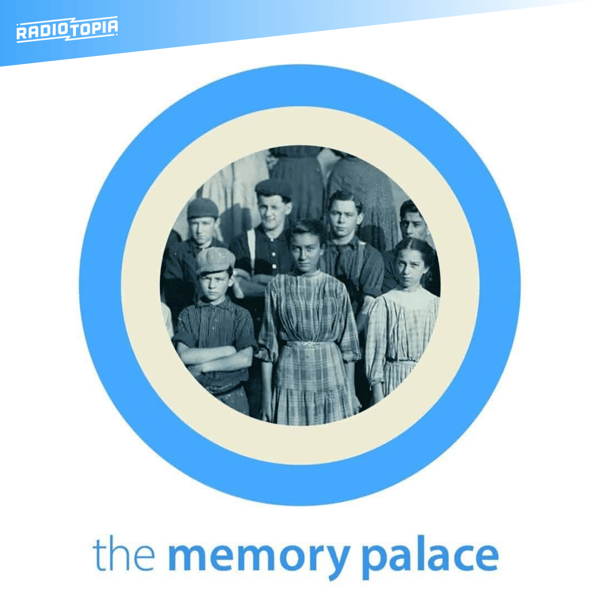Episode 165: A Park
the memory palace
Nate DiMeo
4.8 • 7.2K Ratings
🗓️ 5 June 2020
⏱️ 6 minutes
🧾️ Download transcript
Summary
The Memory Palace is a proud member of Radiotopia, a collective of independently owned and operated podcasts.
A note on shownotes. In a perfect world, you go into each episode of the Memory Palace knowing nothing about what's coming. It's pretentious, sure, but that's the intention. So, if you don't want any spoilers or anything, you can click play without reading ahead.
Music
We hear Armellodie by Chilly Gonzales
And All Now Vibe by Tara Jane O'Neil
Notes
The Lavender Scare by David K. Johnson
Trouble in Lafayette Square by Gil Klein
Transcript
Click on a timestamp to play from that location
| 0:00.0 | This is the memory palace. I'm Nate Demet. A quick stroll through Lafayette Square, |
| 0:05.6 | located just across the street from the White House. |
| 0:08.8 | Presidents have been able to see it from northern windows since it was formerly dedicated in 1824. |
| 0:14.4 | Before that, it was a racetrack, and we are told, a market where people bought and sold other people. |
| 0:22.1 | But then they made it a park. First, just a field in some apple trees, |
| 0:27.2 | then they put up a little fence, just high enough to keep cows from wandering in, |
| 0:31.2 | and to distinguish it as a park. A green place in which to walk or play or picnic. |
| 0:36.8 | An open space which folks were afraid to use as they saw fit, to fill with this stuff of life. |
| 0:44.4 | They put up its first statue in 1851. It is of Andrew Jackson on horseback. It was the first |
| 0:50.5 | equestrian public sculpture in America, and it established a trend of placing bronze racists on |
| 0:55.6 | bronze horses that was a time-honored tradition for a long time. They planted spreading oaks and |
| 1:02.2 | London plain trees, and black lamp posts along criss-crossing paths, room for benches and triangular |
| 1:08.1 | flower beds. The lamps used to be gaslit, used to cast flickering shadows in which lovers would |
| 1:14.4 | meet. And there is a story about the son of Francis Scott Key who used to meet up with the wife of |
| 1:20.0 | a congressman in those shadows. Until that congressman saw him sitting on a bench and shot him in |
| 1:25.0 | broad daylight. But I don't care about that story right now. I care on this June afternoon, |
| 1:30.9 | about the uses of this park over the years, and the freedom public parks can provide. |
| 1:37.2 | I care about how in the 1890s gay black men and transgender women held what they called an annual |
| 1:43.0 | drag race, when they would wear dresses and jewelry and beautiful hats and parade through the city |
| 1:48.2 | and dance in Lafayette Square. Washington, D.C. was one of the American cities most open to gay |
| 1:54.7 | people back then. As it was in the 1930s, when the federal bureaucracy expanded, and they needed |
| 2:01.2 | people to fill positions in the works progress administration and the social security administration |
... |
Please login to see the full transcript.
Disclaimer: The podcast and artwork embedded on this page are from Nate DiMeo, and are the property of its owner and not affiliated with or endorsed by Tapesearch.
Generated transcripts are the property of Nate DiMeo and are distributed freely under the Fair Use doctrine. Transcripts generated by Tapesearch are not guaranteed to be accurate.
Copyright © Tapesearch 2025.

